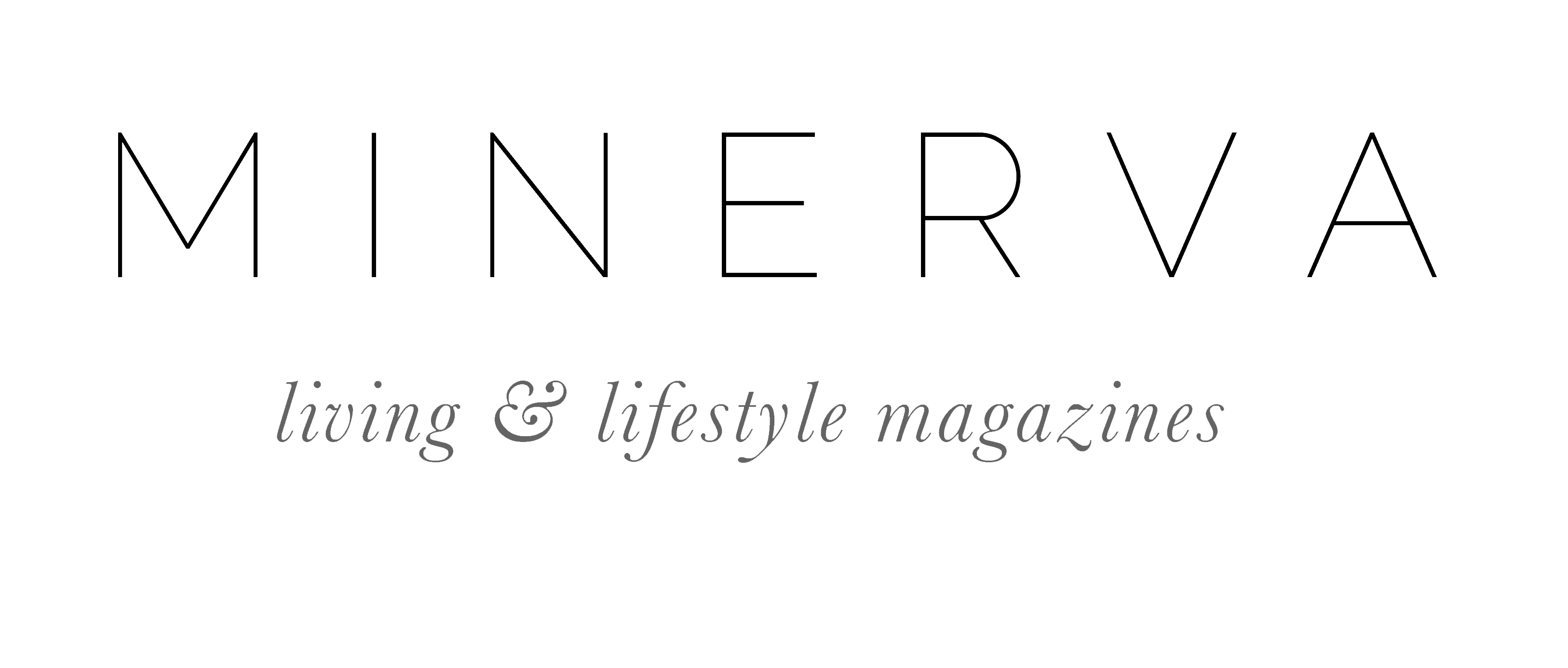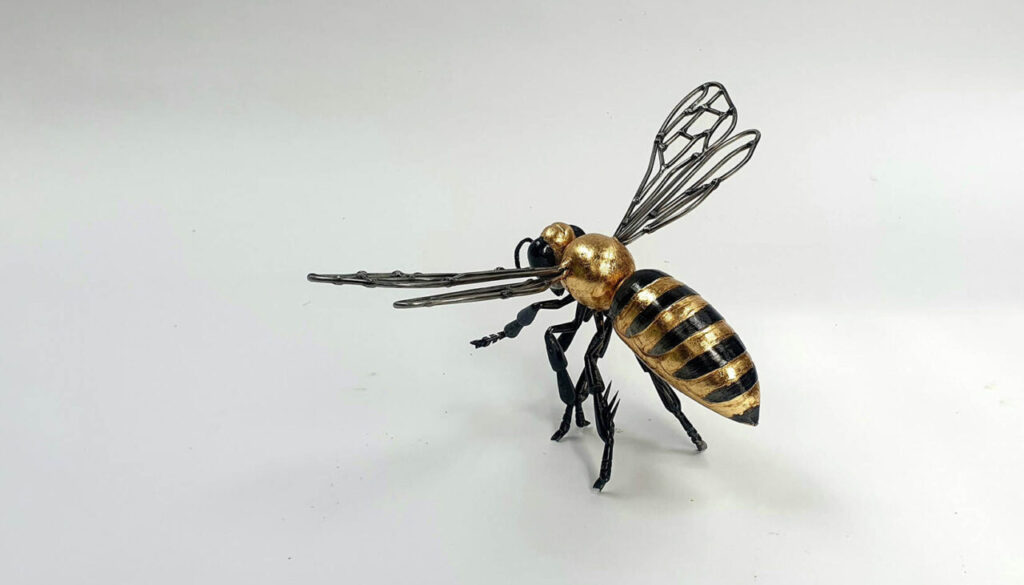We interview creative steelworker Tim Peacock
We sat down with Tim Peacock, a creative steelworker with over 30 years on the job, to talk about what it means to work with metal. Here, he opens up about a life forged in grit, skill, and steel…
How did you first get into steelwork? Was it something you always saw yourself doing?
In 1990 I got offered a place on the BA sculpture course at Winchester School of Art. I didn’t know it until I arrived, but the sculpture department at the time was synonymous with steel. I was then fortunate enough to spend several years working alongside Sir Anthony Caro as a studio assistant, so my passion for steel sculpture began there. He was a real mentor to me and I learned so much during my time with him.
What does working with steel mean to you personally?
The short answer is, I just love the material. Given enough time almost anything is achievable with steel, so to begin with some simple, off-the-shelf round bar or sheet steel and then turn it into something unique holds great appeal for me.
What’s something about your job that people would be surprised to learn?
I don’t use a forge and I don’t heat the steel. All my work is done while the steel is cold.
Can you describe a moment on the job that made you especially proud? Is there a particular project that really stands out?
I’ve been fortunate enough to have worked on many large-scale sculptures over the years that have ended up in both major galleries and out in the public domain. A particularly ambitious and challenging piece was a 6.5m tall Plait sculpture for the artist Kalliopi Lemos, which was first shown at Freize London in Regents Park and is now on permanent display in Rotterdam.

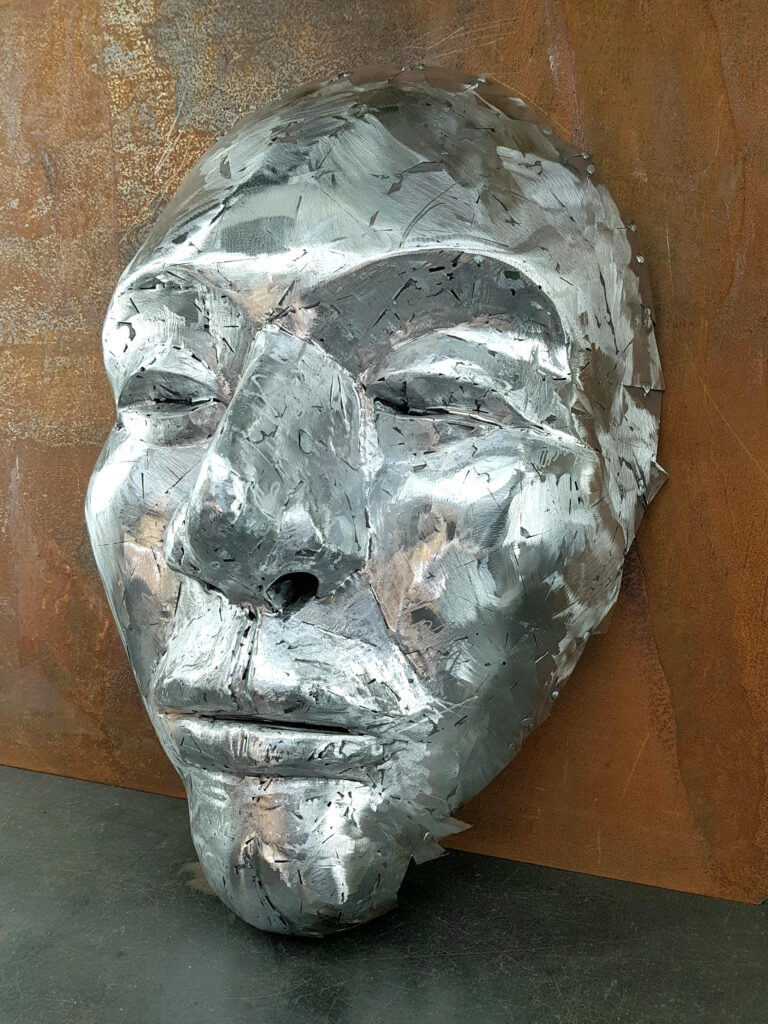
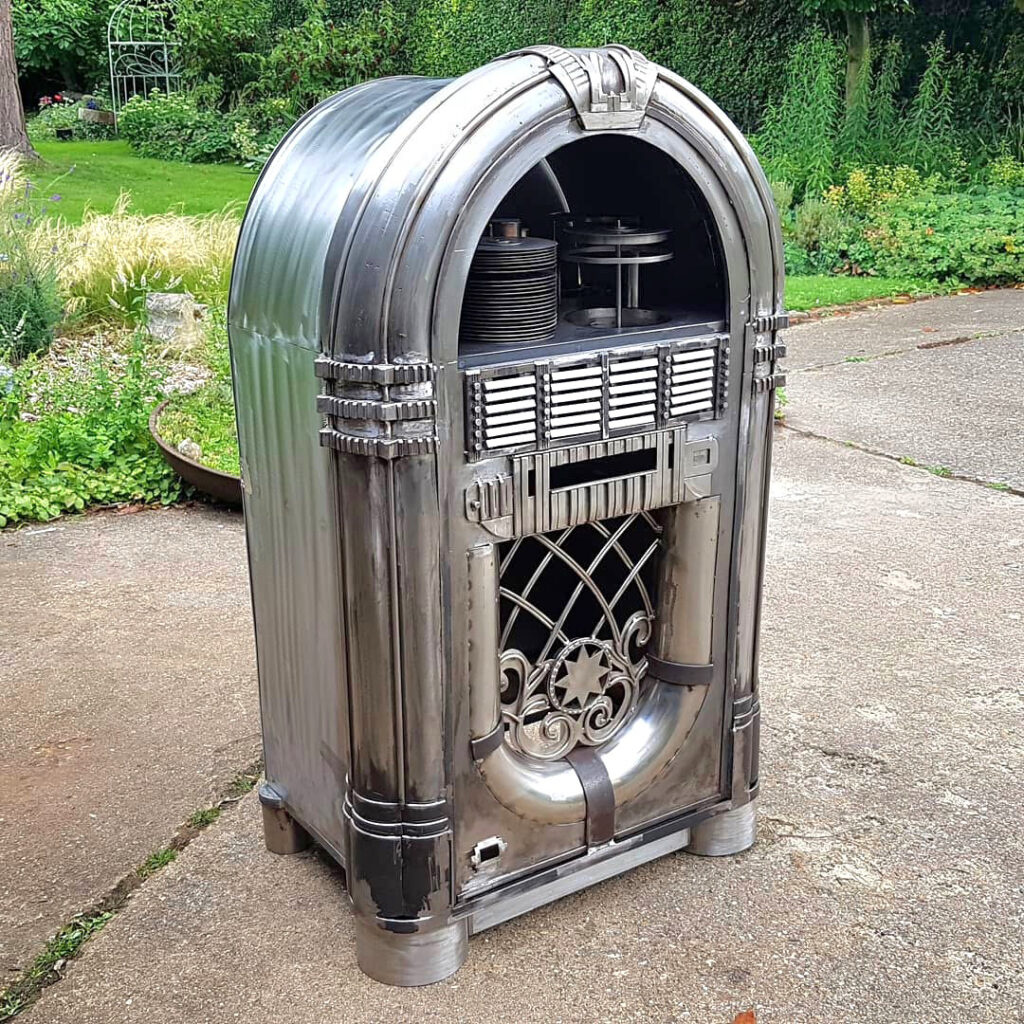
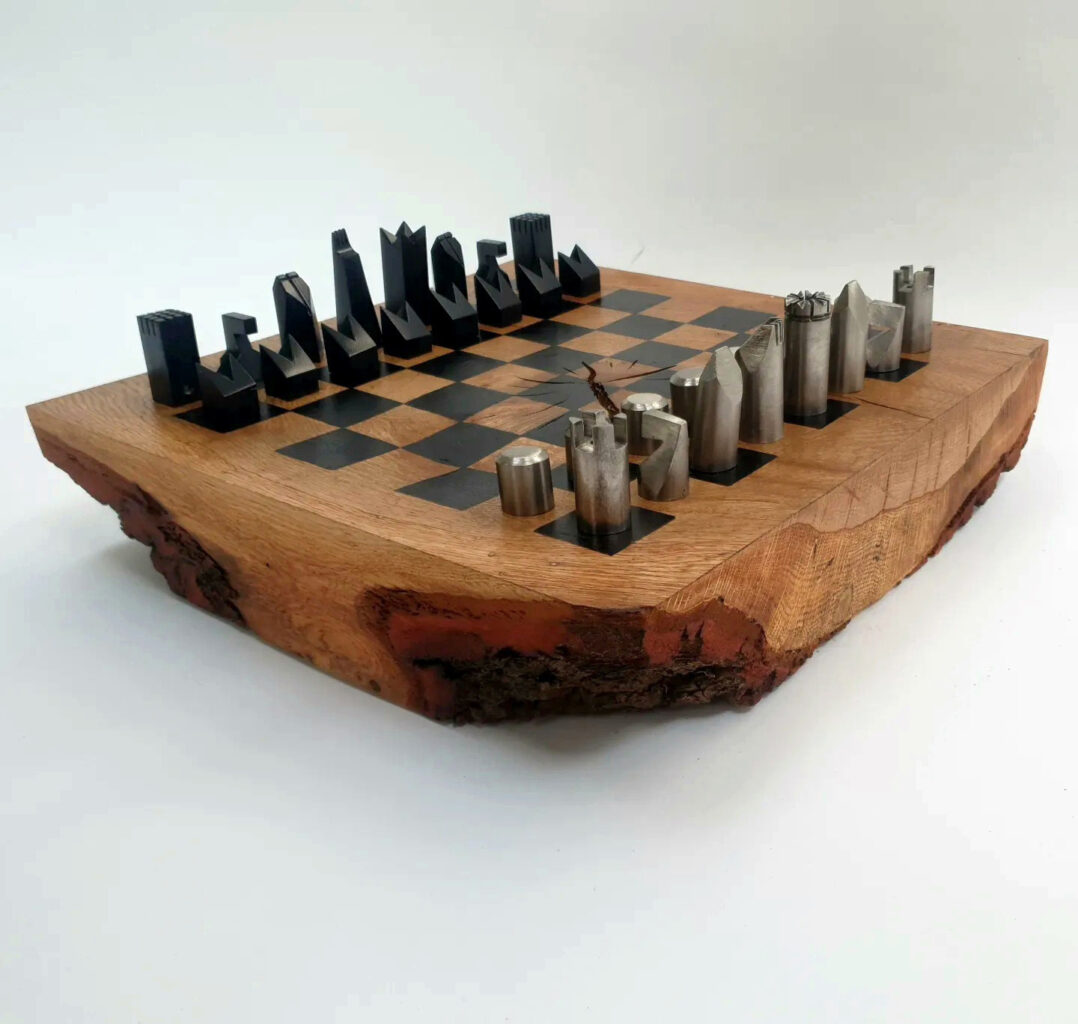


Do you have a ‘typical’ client? If so, what does one look like?
Not at all. I’m open to working with anyone who has an idea for an object in steel, whether that’s a sculpture, garden feature, firepit or even a coffee table piece, and then decides that they’d like to see it come to fruition.
I am literally obsessed with The Wren – what was your inspiration behind this?
Very kind, thank you. The Wren was part of a larger sculpture commission that I finished last summer. It can be easy to get stuck on a lot of fussy detail, so rather than attempt to create an exact replica, I much prefer to try and capture the essence of a thing if possible. In that instance, I was hoping to put across the Wren’s chippy personality!
You certainly did! Do you have a shop or do you make projects to order? How can I get my hands on some of your work?!
It’s probably not the greatest business model, but I’ve taken great delight in remaining pretty low under the radar for years and have no shop or website. Commissions and interesting projects do seem to find me though, and people who are interested in my work can always contact me with enquiries through my Instagram (Timsteelwork) or by email at timpeacock@hotmail.com. I’ve made so many things that, for various reasons, I’m not able to put on Instagram, but I’m always happy to send Images of previous work if people are interested in a potential commission and would like to know more.
Walk us through a typical day at work—what’s the rhythm like from start to finish?
My workshop is just a few minutes up the road from where I live, so I head straight there after dropping the kids off at school and then work steadily through until it’s time to pick them up again. It’s Radio 4 in the morning, then I’ll probably put some music on after a short lunch. Rather than drawings or plans I tend to work things out in my head as I go along, so this means the piece tends to evolve organically as it comes together… You’d be forgiven for thinking that’s a rather fancy way of me saying I make each piece up as I go along.
What’s the atmosphere like on the floor? Loud, quiet, focused, chaotic?
All of the above, apart from chaotic. I’ve a 9yr old daughter, a 7yr old son and three cats… so things are chaotic enough at home! Work is an oasis of calm by comparison!
Do you work solo or is it a very team-oriented environment?
I did find myself in charge of a hand-picked team in the past, but I’ve worked alone for about three years now.
What are your go-to tools, and how do they help you do what you do?
Well it’s not particularly glamorous, but I would certainly be lost without a 4 ½” angle grinder. It’s such a versatile tool when you’re comfortable and confident with it. Add to that my welder (I use a MIG in the workshop) and there’s a huge amount that can be done with just those two tools alone.
Has technology changed your workflow over the years?
Very little! I’m not known for having exactly embraced technology over the years, so my setup in the workshop remains much the same as it’s always been. I find that a pretty stripped back, old-school approach forces me to be a bit more creative, and a lot of fancy bits of kit these days have a tendency to remove the hands-on element of the work.
What’s the most physically demanding part of the job?
Unfortunately working with steel for so long seems to have caused a certain amount of wear and tear on my hands. While this has gradually caught up with me over time, it thankfully doesn’t seem to hinder me too much when it comes to the finer detailed work… Just don’t ask me to pinch and peel off plastic food packaging though, I really struggle with that!
Steelwork has a reputation for being dangerous—how do you stay safe on the job?
I don’t take any chances, so for me it’s all about wearing the necessary safety gear and minimising the various risks along the way. I’m very careful these days.
What do you think people misunderstand about steelwork or the people who do it?
There’s a tendency for some people to assume that steel is an incredibly hard and unforgiving material to work with. It sounds a bit strange, but given the right tools, the skill and enough time, I find steel can be as versatile a material as clay.
What keeps you coming back to the job, day after day?
I’m afraid I’m one of those slightly annoying people who just loves what they do for a living. Even between commissions I will still make things in the workshop for the sheer pleasure of it. I can’t imagine ever doing anything else.
timpeacock@hotmail.com
Instagram: timsteelwork
